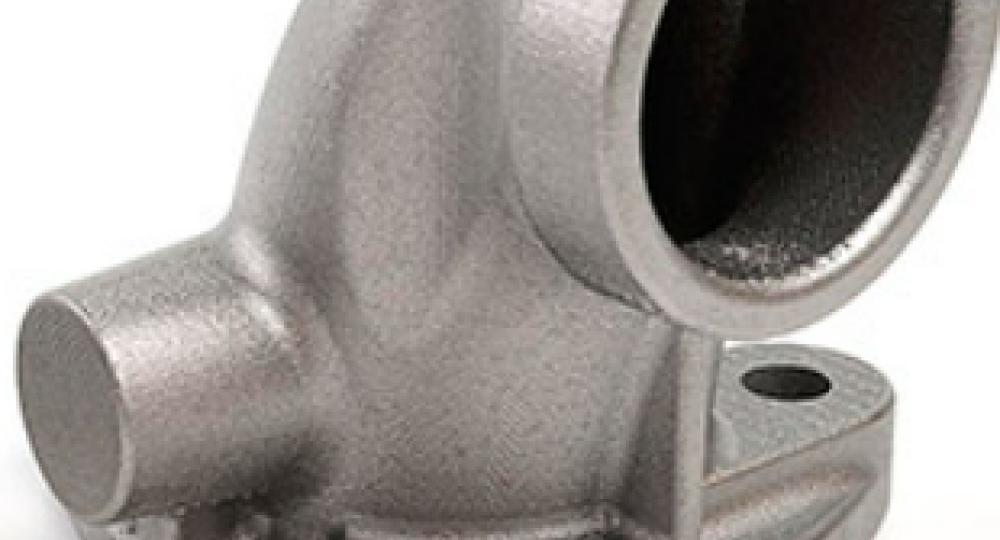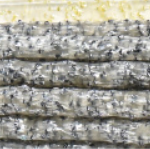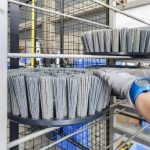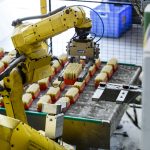
Sintering is a process that has become essential in the production of metals. This process is used to create strong, durable, and high-quality metal products. In this article, we will explore what sintering is, its benefits, and its advantages in the metal sector.
What is Sintering?
Sintering is a process that involves heating powdered metal to a temperature that is below its melting point but high enough to cause bonding between the individual particles. The process typically involves three stages: heating, holding, and cooling.
During the heating stage, the metal powder is heated to a temperature that is high enough to cause bonding. The holding stage is used to maintain the temperature for a specific amount of time, while the cooling stage is used to cool the product down to room temperature.
Examples of Sintering in the Metal Sector
Sintering is widely used in the production of various metal products such as bearings, gears, and pistons. In the automotive industry, sintering is used to produce parts that are highly wear-resistant and can withstand high temperatures.
For example, sintered steel parts are used in engines, transmissions, and suspension systems.
Benefits of Sintering
One of the primary benefits of sintering is that it allows for the production of complex shapes that would be difficult or impossible to create using traditional manufacturing methods. Sintering also allows for the production of high-quality metal parts that are strong, durable, and resistant to wear and tear.
Another benefit of sintering is that it is a highly efficient manufacturing process. Sintering requires less energy than traditional manufacturing methods, which reduces the cost of production. Additionally, sintering can be used to produce large quantities of parts quickly and efficiently, which is ideal for industries that require high-volume production.
Advantages of Sintering
Sintering offers several advantages, such as high levels of purity and uniformity in starting materials, simplified fabrication process leading to the preservation of purity, control of grain size during input stages, absence of binding contact between segregated powder particles, capability to produce nearly net-shaped objects and materials of controlled, uniform porosity, and ability to produce materials that cannot be fabricated by other technologies.
Additionally, sintering improves the mechanical strength of materials, making them more durable. The literature also shows that sintering can produce solid/solid-phase compounds or solid/melt mixtures using dissimilar materials. Powder technology can be used with almost any substance, and leftover powder can be recycled when pure elements are sintered.
However, some disadvantages of the powder technology include the inability to create uniform sizes, and the destruction of micro- and nanostructures produced before sintering. Another limitation is that 100% sintered iron ore cannot be charged in the blast furnace, according to sources
Sintering and Cepicat
Sintering is a crucial process in the metal sector, enabling the production of high-quality, durable, and wear-resistant metal products. The benefits and advantages of sintering are numerous, making it a popular choice for industries that require high-volume production of complex metal parts. With its efficiency, versatility, and accuracy, sintering is likely to remain a critical process in the metal sector for years to come.
Cepicat has been producing different tools for sintering that can be found in the CEPIMET line of products. If you want more information about this product, contact us at info@cepicat.com and we will answer your questions.



